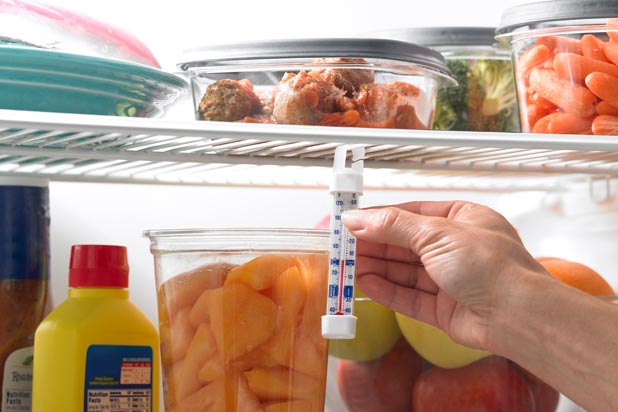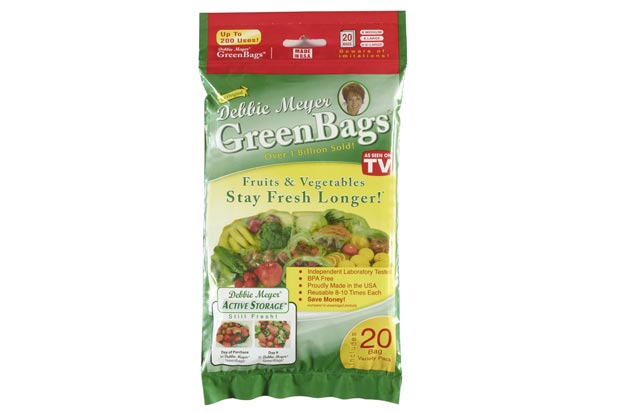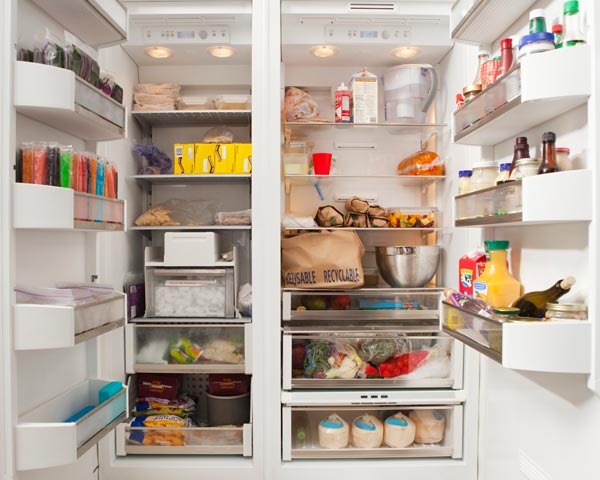How Your Fridge Can Save You Thousands Of Dollars
We've all been there — examining the mound of mush in a takeout container at the way back of the fridge, questioning whether it is edible. Or worse, cramming in dinner's leftovers only to find yourself with no way to close the fridge. It's food, and money, wasted. An organized refrigerator can change all that.
Click here to learn How Your Fridge Can Save You Thousands of Dollars (Slideshow)
According to Marisa Moore, RD, a spokesperson for the Academy of Nutrition and Dietetics, the average American wastes up to $600 a year on spoiled food. The NRDC reported that an average American family of four ends up throwing away an equivalent of up to $2,275 every year. That is money you can save just by organizing your fridge. Donna Smallin Kuper, author of How to Declutter and Make Money Now, suggests totally overhauling your fridge. "Start with the top and work your way down," she says. "Be sure to open and unwrap everything to see what you have. Check expiration dates and throw out anything that is clearly bad or questionable."
In general, the door of the fridge is the warmest. Then comes the top of the fridge, making the bottom the coldest. Restaurants take advantage of that fact by keeping foods that don't require cooking on top shelves. At home, that means keeping items like condiments, salad dressings and garnishes on the door, and things like yogurt, leftovers, and ready-to-eat meals and deli cuts are best stored on the top shelf. Since the bottom of the fridge is coldest, uses this space for things like seafood and meat that need to be kept coldest and cooked at higher temperatures. Crisper drawers hold a lot of humidity, so they are ideal for storing fruits and veggies.
It might seem like a daunting task at first, but once you've dedicated the time and planning to organizing your fridge properly, you'll find you not only saved yourself some money but lots of time where dinner is concerned.
Check Your Temperature

Your fridge and freezer need to be kept at the ideal temperature in order to keep your food fresh. While most units come with a "cold, colder, coldest" setting, you will really want to invest in a fridge thermometer. The ideal fridge temperature is 34 and 40 degrees Fahrenheit, while freezers need to be kept at 0 degrees or below.
Go Green

While most "as seen on TV" products are a waste of money, those advertising green products to keep your fruit and veggies lasting longer actually work. Items like the Stay Fresh Green Containers and Green Bags contain zeolite, a mineral that absorbs ethylene gas. Ethylene gas is what helps fruit and vegetables to ripen, so reducing the amount of it will help add shelf life to produce.
